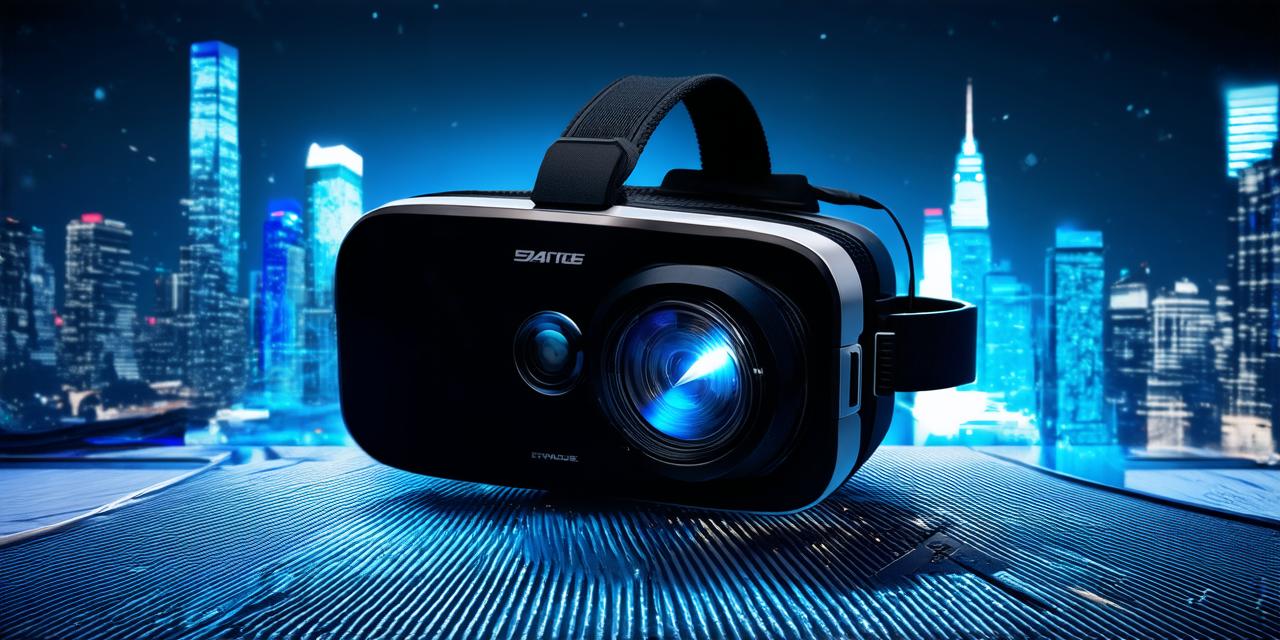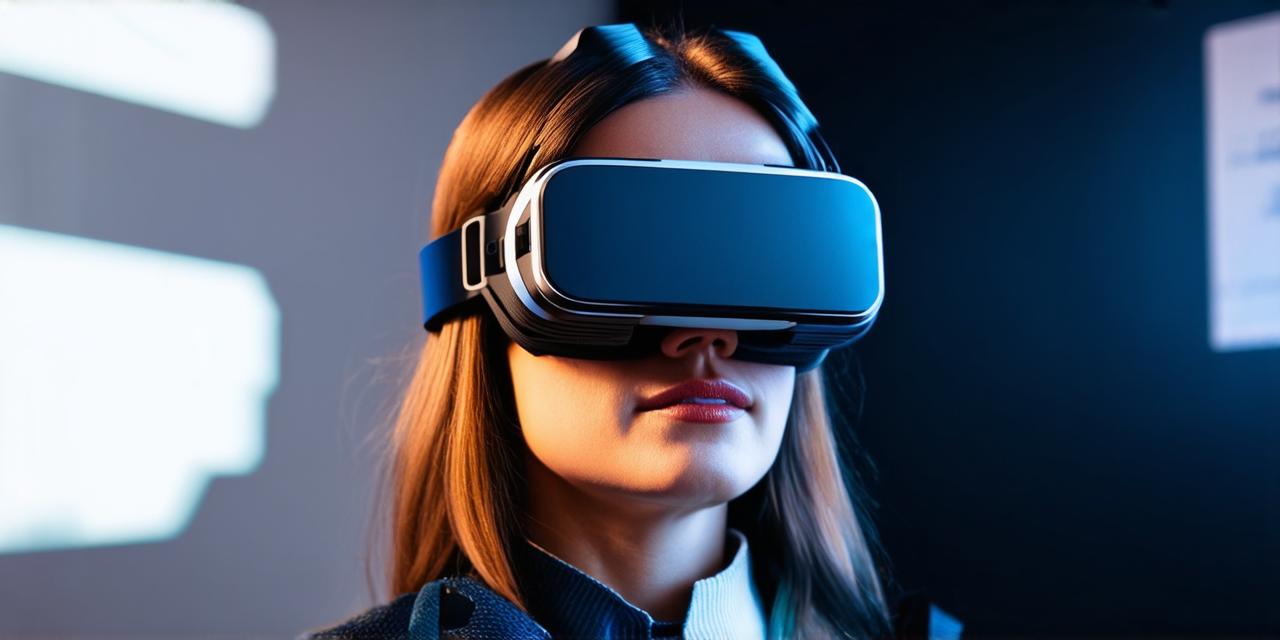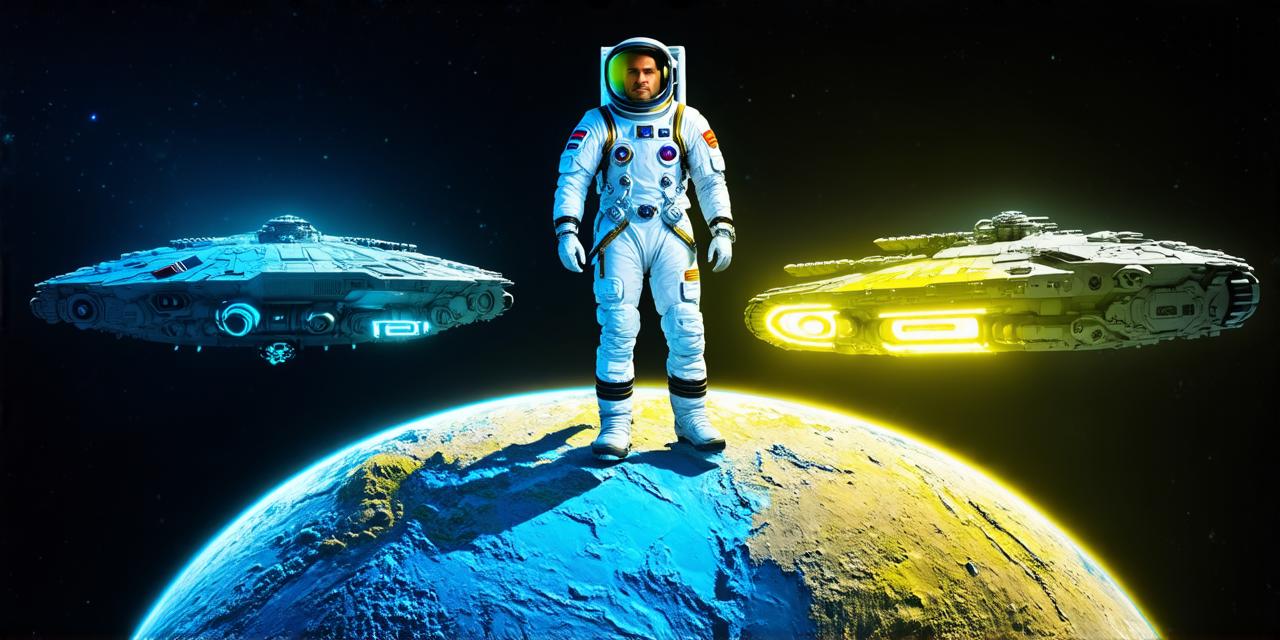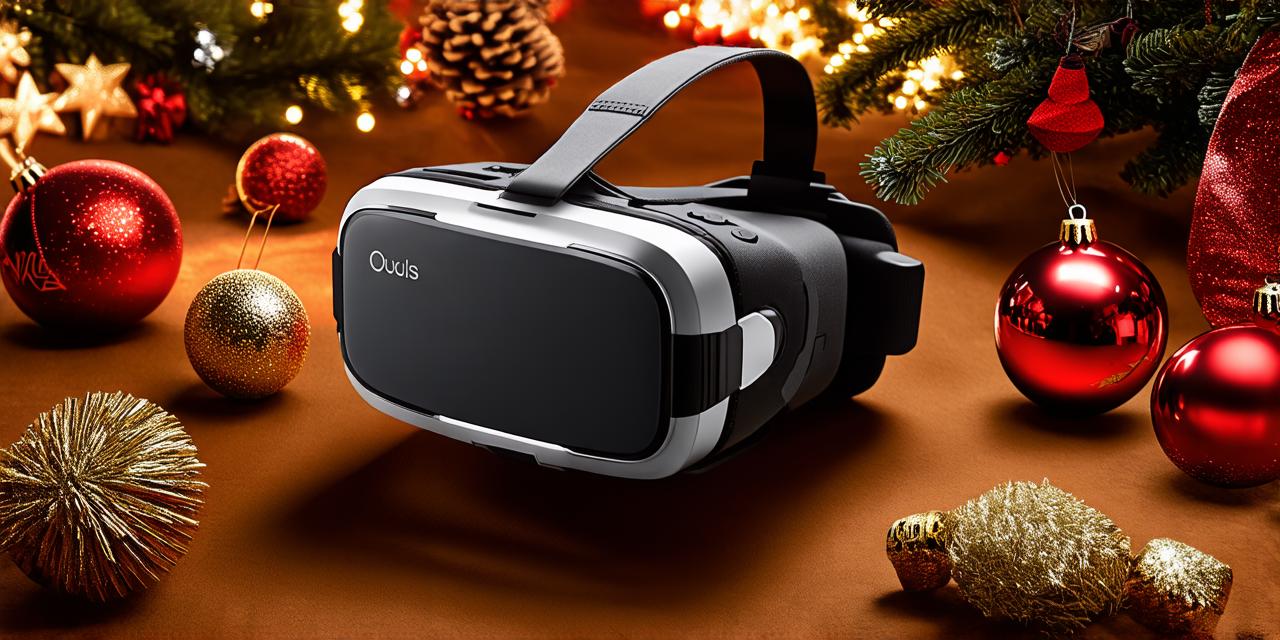Introduction:
Virtual reality (VR) is an immersive technology that creates a simulated environment for users to interact with. It has been around for decades, but in recent years, VR has become more accessible and affordable, making it popular among various industries, including gaming, education, healthcare, and more. As AR developers, understanding the characteristics of virtual reality is crucial to creating engaging and effective experiences. In this article, we will delve into the key features that make VR unique and explore how they can be leveraged in AR development.
Immersive Environment:
One of the defining characteristics of virtual reality is its ability to create an immersive environment for users. Unlike traditional media such as TV or movies, VR provides a 360-degree view of a simulated world that users can explore and interact with in real-time. This creates a sense of presence and engagement that can be difficult to achieve through other means. For example, a VR user could take a virtual tour of a museum, walk on the moon, or even experience a roller coaster ride without leaving their home.
Interactivity:
Another key characteristic of VR is its ability to enable interactive experiences. Unlike traditional media, which are limited to passive consumption, VR allows users to actively engage with the virtual world around them. This enables a level of interactivity that can be difficult to achieve through other means. For example, in a VR game, players can physically reach out and grab objects or swing their arms to fight enemies.
Persistence:
Virtual reality provides a persistent environment that remains unchanged until the user explicitly changes it. This enables a level of realism that is difficult to achieve through traditional media. In contrast, traditional media are limited by the fact that they can only show static images or videos. For example, a VR user could enter a virtual room and see the same objects in the same position every time they return to that room, whereas a TV viewer would see a different image each time they turn on the TV.
Tracking:
One of the key features of VR is its ability to track the movement of users in real-time. This enables a level of interaction and immersion that is difficult to achieve through other means. For example, a VR user could physically walk around a virtual room or reach out and grab objects without any lag or latency. This tracking also enables more complex interactions such as hand gestures and voice commands.
Fidelity:
Virtual reality provides a high level of fidelity that is difficult to achieve through other means. This includes a high resolution, wide field of view, and low latency. These factors enable users to experience the virtual world with a level of detail and realism that is difficult to achieve through other means. For example, in a VR game, players could see individual pores on a character’s skin or hear the sound of every footstep they take.
Applications:
Virtual reality has many applications across various industries, including gaming, education, healthcare, and more. In gaming, VR provides an immersive and interactive experience that can be difficult to achieve through traditional media. For example, a VR game could transport players to a fantastical world where they could fight monsters or explore ancient ruins. In education, VR can provide a virtual field trip to historical sites or allow students to dissect a virtual specimen without harming the real thing. In healthcare, VR can be used for medical training or even as a form of therapy for conditions such as PTSD.
Summary:
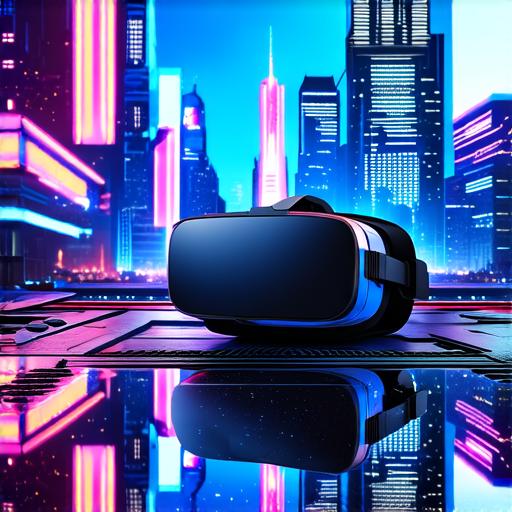
In conclusion, virtual reality is a unique and powerful technology that has many applications across various industries. Its defining characteristics include an immersive environment, interactivity, persistence, tracking, fidelity, and a wide range of applications. As AR developers, understanding these characteristics is crucial to creating engaging and effective experiences for users. By leveraging the power of VR, we can create new ways to engage and interact with the virtual world around us.
